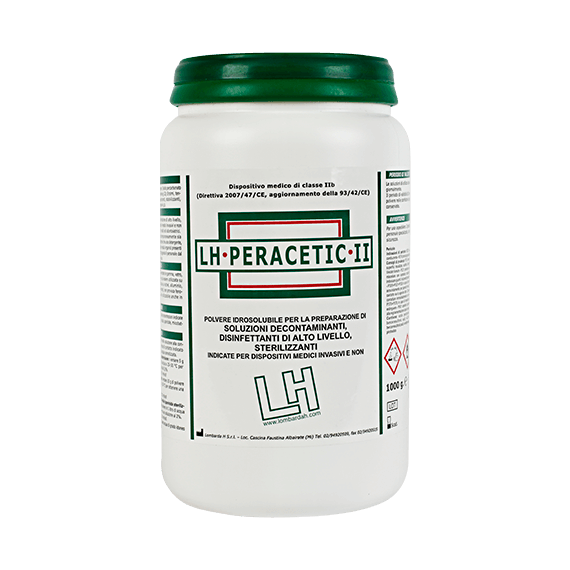Peracetic acid (PAA) has gained prominence as a powerful disinfectant in both medical and tattooing environments. Its ability to eliminate bacteria, fungi, viruses, and spores makes it indispensable for sterilizing equipment and maintaining hygiene standards.
The Role of Peracetic Acid in Medical Sterilization
In healthcare, ensuring sterility is critical to prevent infections and cross-contamination. Peracetic acid is widely used to disinfect medical tools, surgical instruments, and dental devices. Its broad-spectrum effectiveness allows it to tackle various pathogens, including Gram-positive and Gram-negative bacteria, viruses, and fungi. Unlike other disinfectants, peracetic acid remains effective in the presence of organic matter, making it reliable in challenging conditions.
How Peracetic Acid Works:
Peracetic acid acts as a strong oxidizing agent. When dissolved in water, it releases free radicals that break down the cell walls of microorganisms, ultimately destroying them. This mechanism ensures a high level of disinfection, even in the presence of biofilms or organic materials.
Understanding the Chemistry of Peracetic Acid
Peracetic acid, also called peroxyacetic acid or PAA, is a powerful disinfectant known for its colorless liquid form and strong vinegar-like odor. It is created through a reaction between acetic acid and hydrogen peroxide. Due to its highly corrosive and unstable nature in concentrated form, PAA must be handled carefully. Its effectiveness in killing bacteria, fungi, and viruses makes it indispensable for sterilizing instruments for medical, tattoo, and body piercing.
Application of Peracetic Acid in Tattoo and Piercing Studios
Maintaining a sterile environment is just as essential in tattoo and piercing studios as it is in medical facilities. Equipment like grips and tubes come into direct contact with human skin and blood, which means stringent sterilization processes are crucial. The introduction of peracetic acid as a disinfectant in tattoo and piercing studios ensures that tools are free from harmful microorganisms.
Its ability to decontaminate instruments without causing corrosion is a key benefit, particularly for sensitive equipment used in body art. Additionally, peracetic acid is suitable for a wide range of materials, such as rubber, glass, and certain metals, making it an ideal choice for tattoo and piercing studios.
Learn More About Peracetic Acid:
Peracetic acid has gained widespread recognition as an effective disinfectant agent, especially in industries like healthcare, tattooing, and piercing. Its broad-spectrum antimicrobial properties make it invaluable in disinfecting medical instruments, tattoo and piercing tools, ensuring safety and hygiene standards are maintained. Its non-corrosive nature also allows it to be used on sensitive equipment without damage, offering reliable sterilization across various surfaces. For professionals in both the medical and tattoo sectors, choosing a product like Peracetic Acid guarantees high-level disinfection.
Average Time of Effectiveness for Peracetic Acid
Types of Decontamination | Immersion Time
- First decontamination with simultaneous cleaning (HIV, HBV, HCV) – dilution 0.5%: 15 minutes
- First decontamination with simultaneous cleaning (HIV, HBV, HCV) – dilution 1%: 5 minutes
- Disinfection (TBC) – dilution 2%: 10 minutes
- High-level disinfection (cold chemical sterilization) – dilution 2%: 30 minutes
Germs | Contact Time
- HIV virus: 5 minutes
- Poliovirus type I: 10 minutes
- Candida albicans: 5 minutes
- Staphylococcus aureus: 5 minutes
- Mycobacterium avium-complex: 10 minutes
- TBC (Tuberculosis): 10 minutes
- Spores of Bacillus subtilis: 45 minutes
Why Choose Peracetic Acid?
- Broad Spectrum: Effective against bacteria, viruses, fungi, and spores.
- Non-Corrosive: Safe for sensitive materials.
- Eco-Friendly: Decomposes into acetic acid, oxygen, and water.
- Active at Low Temperatures: Ideal for various environments.
Whether in hospitals or tattoo shops, peracetic acid provides a reliable, efficient way to ensure that instruments are fully disinfected and safe for use.





